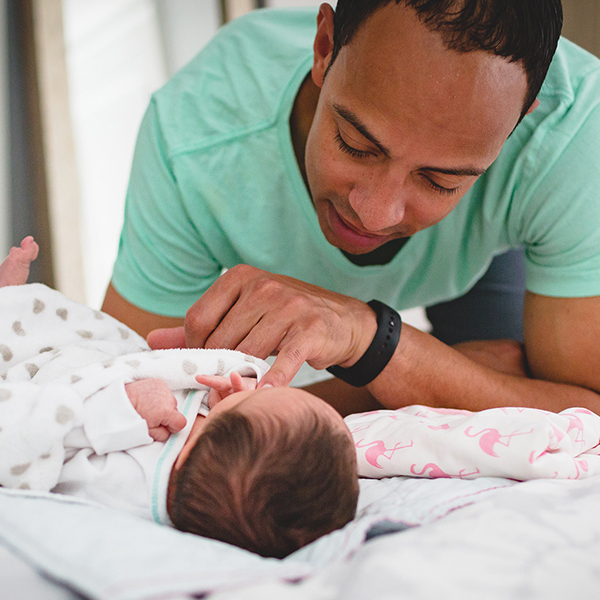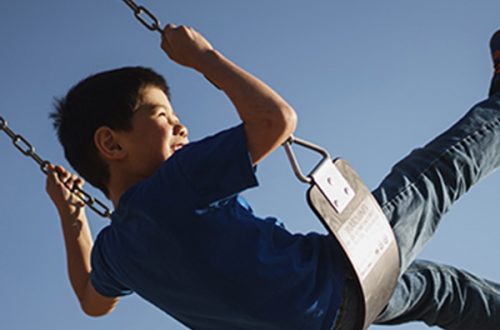
Giving Birth ina COVID World
By Jeanette Prather
 To avoid Covid-ravished American hospitals, multiple news outlets, medical professionals, and online databases have reported a surge in home births amid a questionable medical future, especially in the beginning of this pandemic.
To avoid Covid-ravished American hospitals, multiple news outlets, medical professionals, and online databases have reported a surge in home births amid a questionable medical future, especially in the beginning of this pandemic.
“Mostly the conversations [with expecting parents] have been limited to how to switch to home birth in order to avoid the hospital setting during Covid,” said one local furloughed doula, mother, and Childbirth Educator for Sutter Health, Kaili Reynolds. “They’re upset that doulas aren’t allowed at their births and they feel like more professionals can provide the continuous support they know they need in the home setting.”
Reynolds, who mentioned the increase in parent contact regarding birthing location, also referenced the shortage that Santa Cruz is experiencing in homebirth midwives. “Unfortunately, many homebirth midwives in Santa Cruz aren’t practicing anymore, so the options of who to hire are much more limited,” said Reynolds. “That said there are great midwives practicing so parents can feel good about the homebirth option if they’re worried about being exposed to too many people in a more public setting. I haven’t supported many parents who stayed with the hospital option for birth.”
According to an article published in 2019 by the US National Library of Medicine, there was a steady incline with preference to home births from 2004 – 2017 among expecting families, especially in California where numbers reached multiples in comparison to some other states (referenced article available here: ncbi.nlm.nih.gov/pmc/articles/PMC6642827/). Today, although it is too early to find solid statistical data on the ever-evolving current pandemic, it is safe to assume that, at least in the beginning of 2020, these numbers will jump and may even continue to jump depending on multiple factors.
In April, the American Academy of Pediatrics (AAP) published an article by Alyson Sulaski Wyckoff titled, “AAP does not recommend home births, but offers guidance,” which clearly advises against home births. Kristi L. Watterberg, M.D., FAAP, and the lead author of the AAP policy statement released to pediatricians in why home births are not ideal, references the potential of emergency vehicle shortages due to Covid as a possible deterrent to expecting parents.
“Dr. Watterberg also said that while the Academy does not recommend planned home birth, women retain their right of autonomy,” wrote Sulaski. Watterberg goes on to say that “recognizing this, we provide guidance about factors that increase the risk of home birth, required care for the newborn and support systems that should be in place to decrease risk for the newborn.”
Reynolds references the rule of no extra bodies in delivery rooms as another issue among hospital births. “Any extra, non-essential staff are not allowed [in delivery rooms],” said Reynolds, stressing the urgency of the presence of qualified professionals at the time of the birth. “To me, this is the glaring issue with birth in general. I do think in-person childbirth education is essential to a healthy labor experience. I also think in-person doula support is even more essential! It’s sad that these things aren’t valued in that way.”
“For a spouse or partner not to be at the birth of a child, honestly, just feels so wrong,” one New York City woman named Karla Vitrone told the New York Times last April. As a result, her and her husband decided to home birth their second child. Although virus fear has mellowed out since April, somewhat, there is still a climate of uncertainty.
“The first three months (back in March, April and May), we had a tremendous drop in patients coming in for anything, not just labor,” said the Charge Nurse at Dominican Hospital, Karen Berg. “After those first three months everything picked back up again and now it feels normal. Although we’ve never said that patients can’t have anyone in the room with them, we have limited it to one person in a room with the patient unless there’s some type of extenuating circumstance that has been cleared by administration.”
Berg mentioned that despite the rarity of her department to encounter anyone exhibiting Covid symptoms, the hospital-wide policy is to test everyone before entry. “We do a Covid test for women in active labor where the test result is rapid and ready within an hour,” said Berg. “For scheduled c-sections, we have patients take a Covid test a couple days prior so that we have the result by the time they come in for their appointment.”
Watsonville Community Hospital does not have guidelines listed on their website, but Sutter Health has a detailed FAQ on their website available at https://www.sutterhealth.org/services/pregnancy-childbirth/covid-19-labor-delivery-patient-information. According to the page, “Providers are altering prenatal appointment schedules so you dwon’t need to leave home as often.”
“The mothers I have supported during Covid have been very resilient and respectful of the need to adapt to what is happening right now,” said Reynolds. “They’re making informed decisions to birth where they feel comfortable.”
Whether home birthing or choosing the hospital method, it’s always best to be prepared. WhattoExpect.com has a page on its website dedicated solely to expecting parents looking to weigh their birthing options. That page can be accessed here: whattoexpect.com/pregnancy/home-birth/


You May Also Like

Preparing for Fire Season
September 30, 2020
Inside Education Monthly
September 30, 2020

